The Sustainable Development Goals are a universal call to action to end poverty, protect the planet and improve the lives and prospects of everyone, everywhere.
The Goals were adopted by all United Nations Member States in September 2015 as part of the 2030 Agenda for Sustainable Development which sets out a 15-year plan to achieve the Goals and their related targets. Never before had world leaders pledged common action across such a broad and universal policy agenda.
The 17 Goals are interconnected, apply to all countries, and need to be carried out by all stakeholders – governments, the private sector, civil society, the United Nations system and others – in a collaborative partnership.
This year marks the midpoint of SDG implementation. However, on its current course, the world may miss many Sustainable Development Goals targets by 2030. For the first time in decades, development progress has stalled and even reversed under the combined weight of climate disasters, conflict, economic downturn and the lingering aftermath of COVID-19. The SDG Summit, held on 18 to 19 September 2023 at the UN Headquarters in New York is a unique opportunity for the world to pivot from crisis to development and deliver the breakthroughs needed to achieve the Goals.
This exhibit illustrates the Sustainable Development Goals through photos from around the world, bringing to life what the 17 Goals mean for people on the planet.
This exhibit was produced by the UN Department of Global Communications.
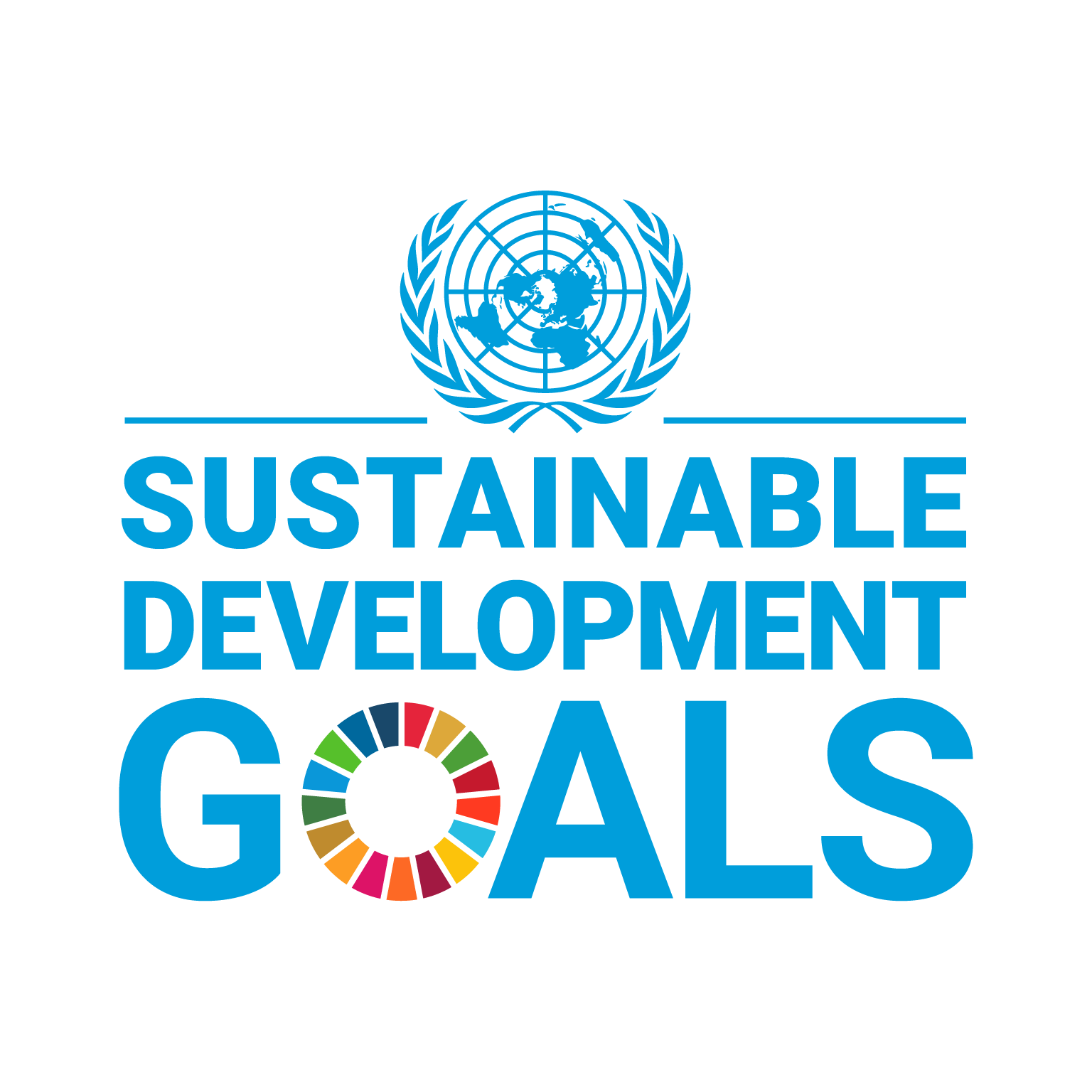
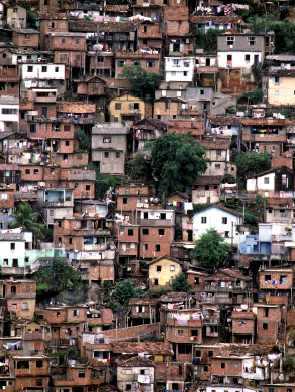
Rocinha, a low-income community in Rio de Janeiro, Brazil (1986). UN Photo/Claudio Edinger
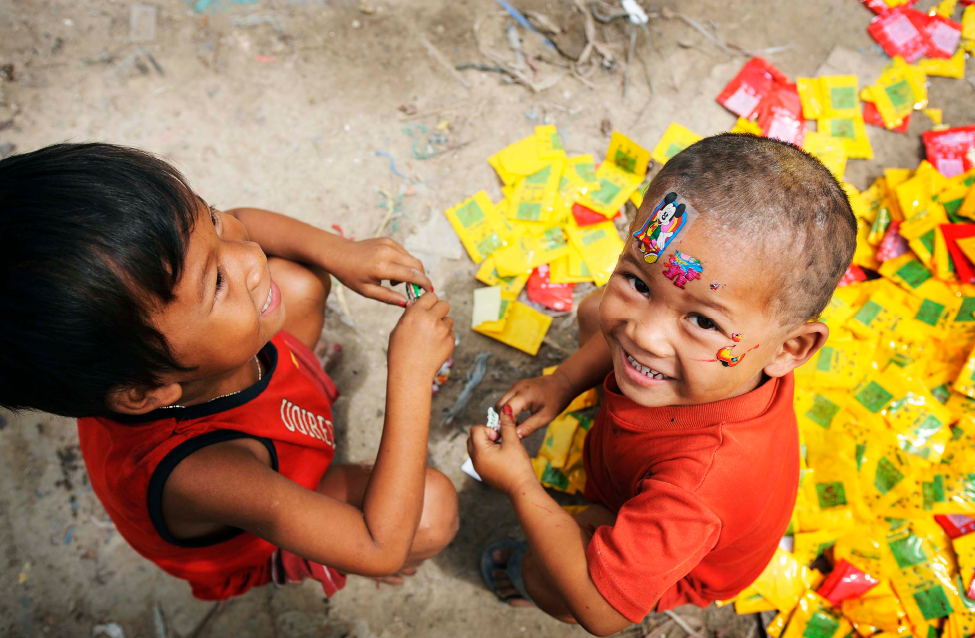
Children play in the Stung Meanchey landfill in Phnom Penh, Cambodia, home to thousands of people who make their living selling recyclable refuse (2008). UN Photo/Kibae Park
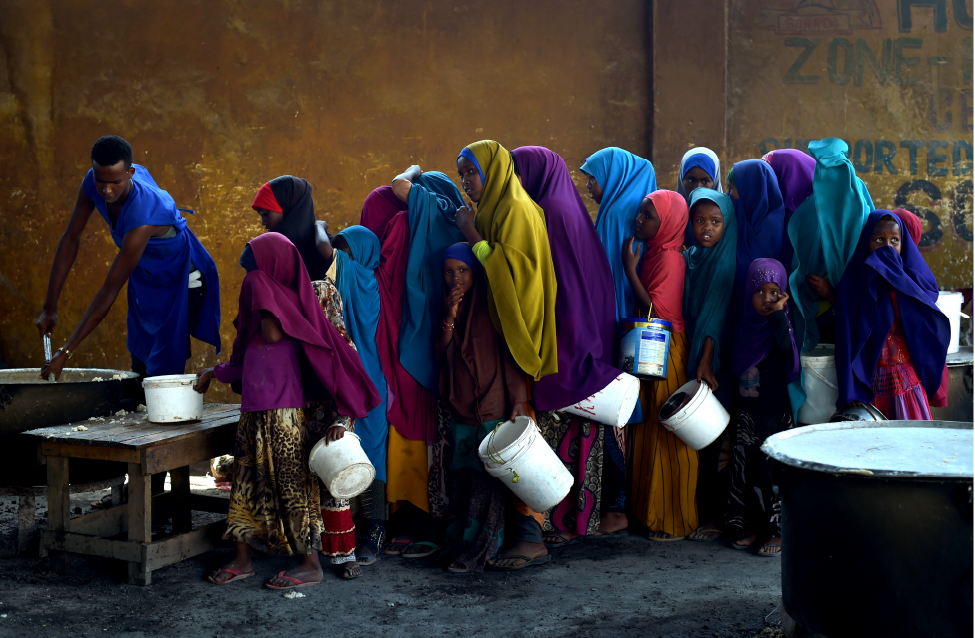
Girls line up at a feeding centre in Mogadishu, Somalia. After years of drought, 6 million in the country are in need of food assistance (2017). UN Photo/Tobin Jones

Rice fields belonging to local hill tribes in Sapa, Viet Nam (2011). UN Photo/Kibae Park
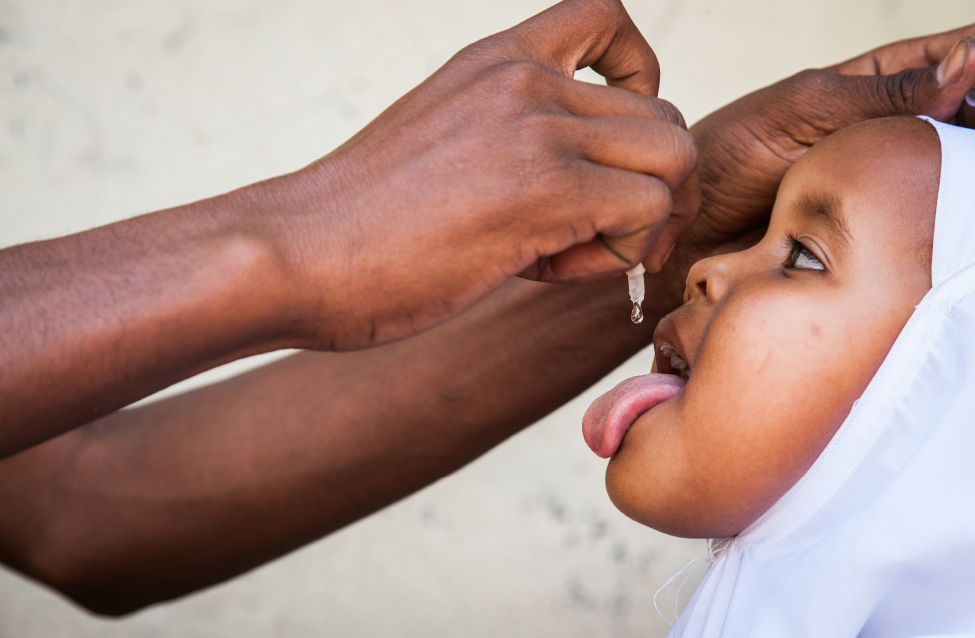
A girl receives a dose of oral polio vaccine in Hargeisa, Somaliland (Somalia, 2013). Photo UNICEF/Adriane Ohanesian

A woman and her child visit a family clinic in Khovd Province, Mongolia. United Nations agencies work closely with Mongolia's local hospitals to provide immunization and health care for children (2009). UN Photo/Eskinder Debebe

Students attend class at a public school in Taliko, a neighbourhood of Bamako, Mali (2013). UN Photo/Marco Dormino
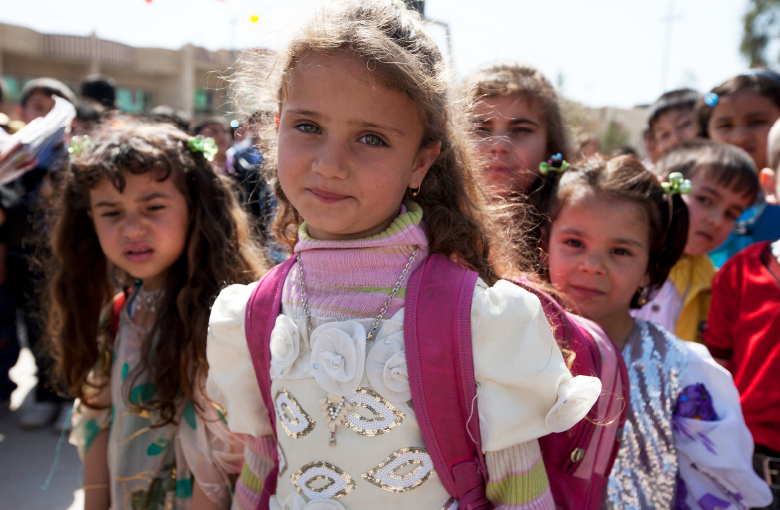
Students from Piramerd Basic School in Badawa, Erbil, in the Kurdistan region of Iraq. The school, housing grades 1 through 9, is one of the educational institutions where UNICEF is undertaking projects to improve infrastructure and academic standards (2011). UN Photo/Bikem Ekberzade

Stela Savin comes from the Roma community, in Moldova, where women and girls suffer inequality and gender discrimination. However, Stela is pursuing a career as a boxer leaving gender stereotypes behind. Photo UN Women Moldova/Diana Savina
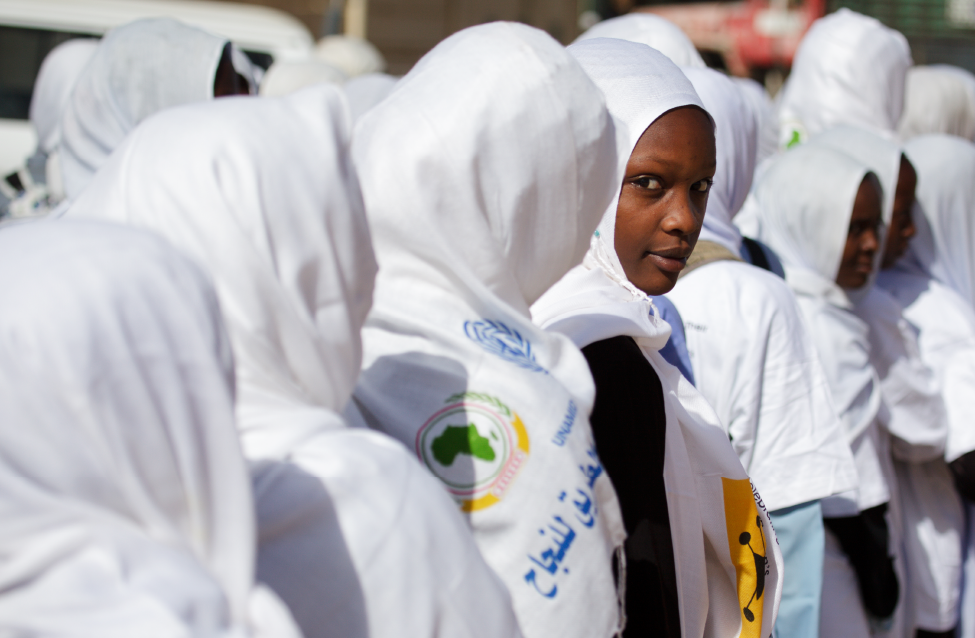
Women and girls march in El Fasher, North Darfur, to celebrate International Women's Day, on the theme "Equal Access to Education, Training, Science and Technology" (Sudan, 2011). UN Photo/Olivier Chassot

In the Abu Shouk Camp for internally displaced, a child pushes a water roller, which has the same capacity as the four cans carried by her companion. The rollers, distributed in the thousands by the African Union-United Nations Hybrid Operation in Darfur, help alleviate the heavy daily burden of collecting water (Sudan, 2011). UN Photo/Albert González Farran
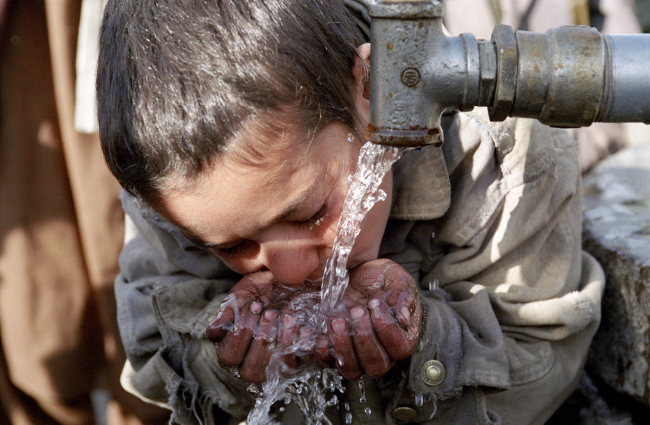
A child takes a drink of water at Maslakh Camp for internally displaced persons in Herat, Afghanistan (2002). UN Photo/Eskinder Debebe
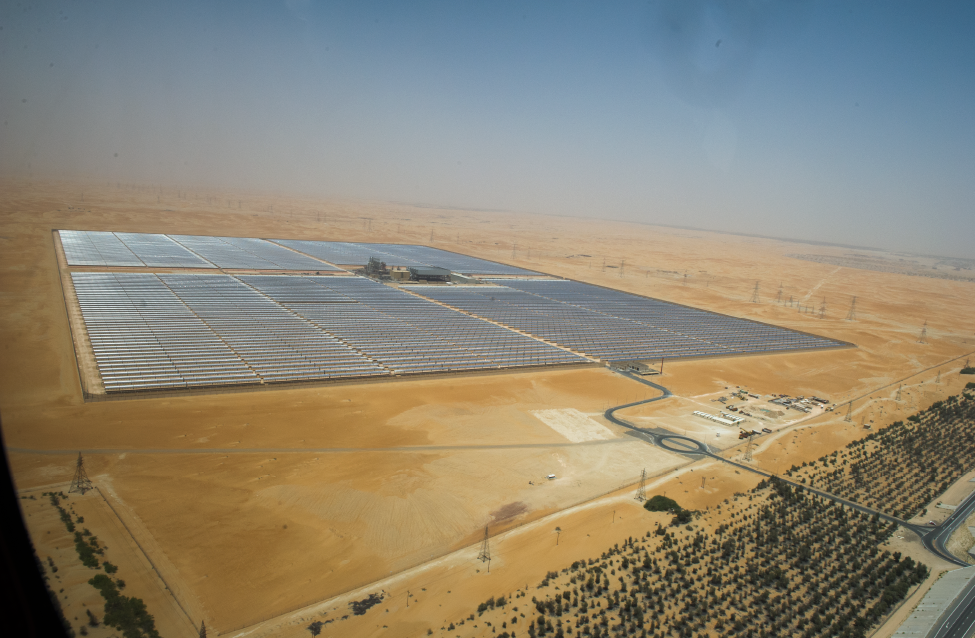
The Shams Solar Power Station, located in Madinat Zayed, United Arab Emirates, is one of the largest concentrated solar power plants in the world (2014). UN Poto/Eskinder Debebe
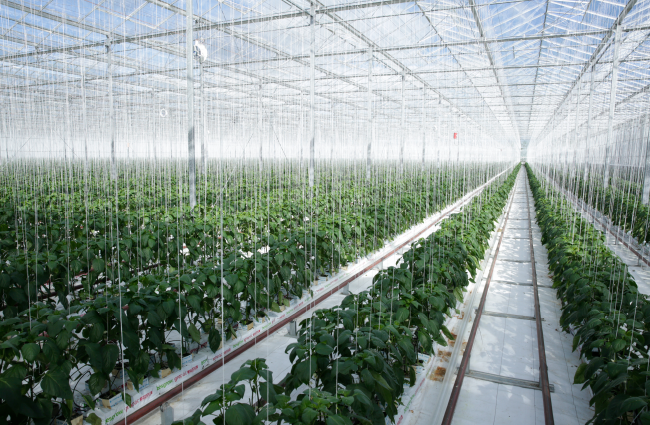
The Gourmet Mokai greenhouse in Taupo, New Zealand, is heated by electricity generated from geothermal energy (2014). UN Photo/Evan Schneider
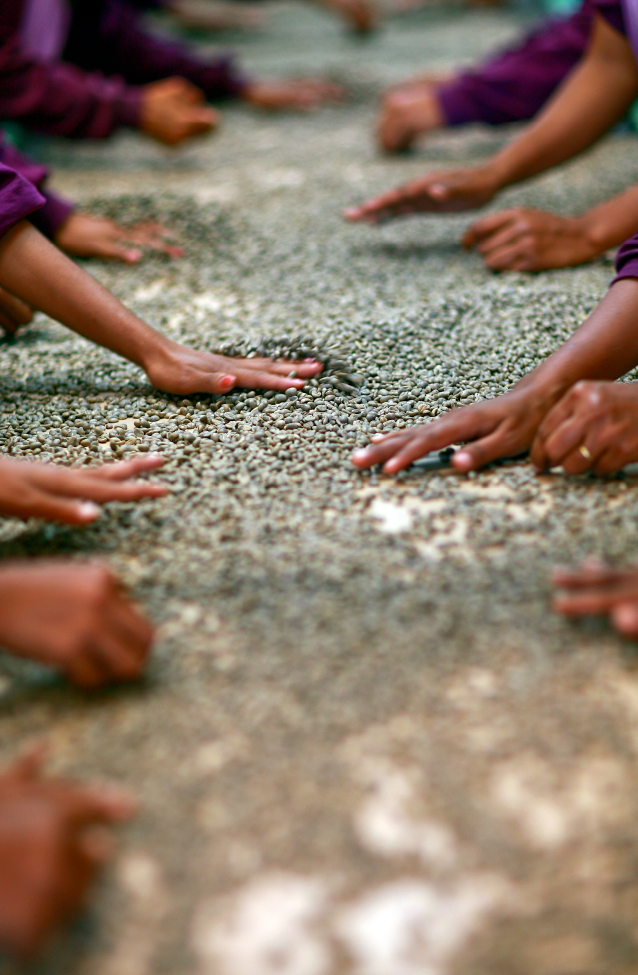
Employees of Cooperative Café Timor sift coffee beans. With 21,500 members, Cooperative Café Timor is the largest employer in Timor-Leste during the coffee season, helping realize the government's priority of promoting rural development (2009). UN Photo/Martine Perret

Through a grant from UN-Women, Partenariat Recherches Environnement Medias has taught women in Katfoura, Guinea, how to plant the vitamin-rich moringa tree and how to clean, dry and sell its leaves (10 November 2015). Photo UN Women/Joe Saade
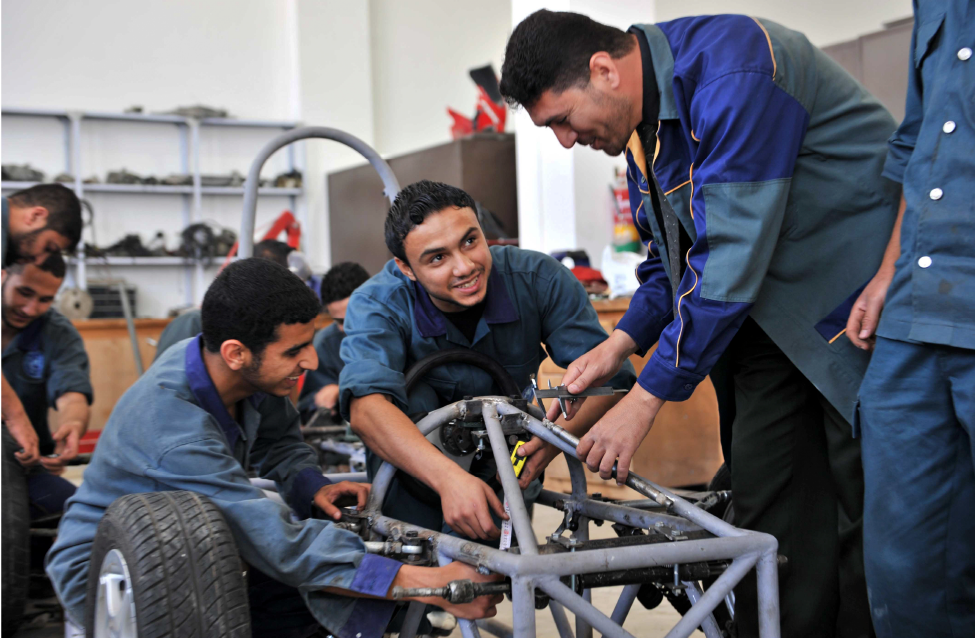
Students from the Khan Younis Training Centre in Gaza - run by the United Nations Relief and Works Agency for Palestine Refugees in the Near East (UNRWA) - assemble a Formula 1-style car out of mostly recycled parts, for entrance in the Formula Student competition. The competition challenges students from around the world to design, build and race a single-seater racing car from scratch (2011). UN Photo/Shareef Sarhan
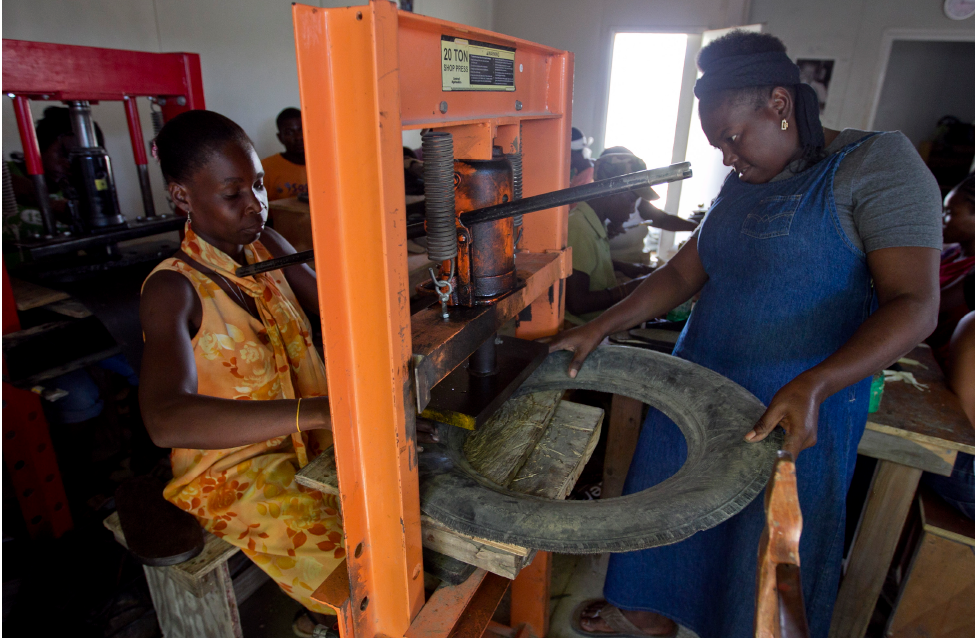
At REBUILD Globally in Port-au-Prince, workers fabricate sandals out of recycled tires. The employment and vocational training programme is partially funded by a Quick Impact Project grant from the United Nations Stabilization Mission in Haiti (MINUSTAH) (2012). UN Photo/Victoria Hazou
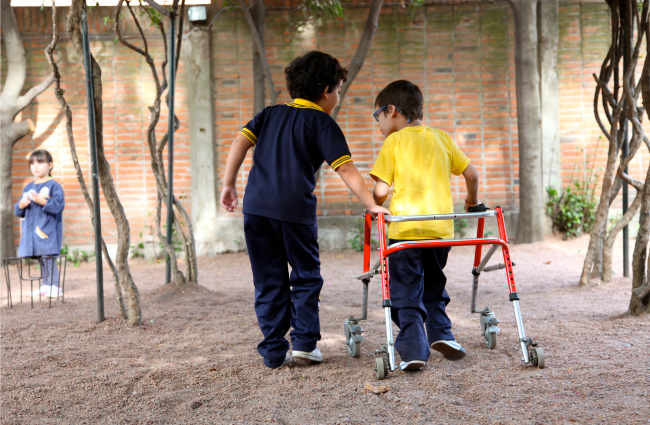
Sebastián (right), age 9, and Mateo, 4, walk and talk during recess at Colegio y Liceo Ceni, an inclusive school in Montevideo, Uruguay (2013). UNICEF/Giacomo Pirozzi
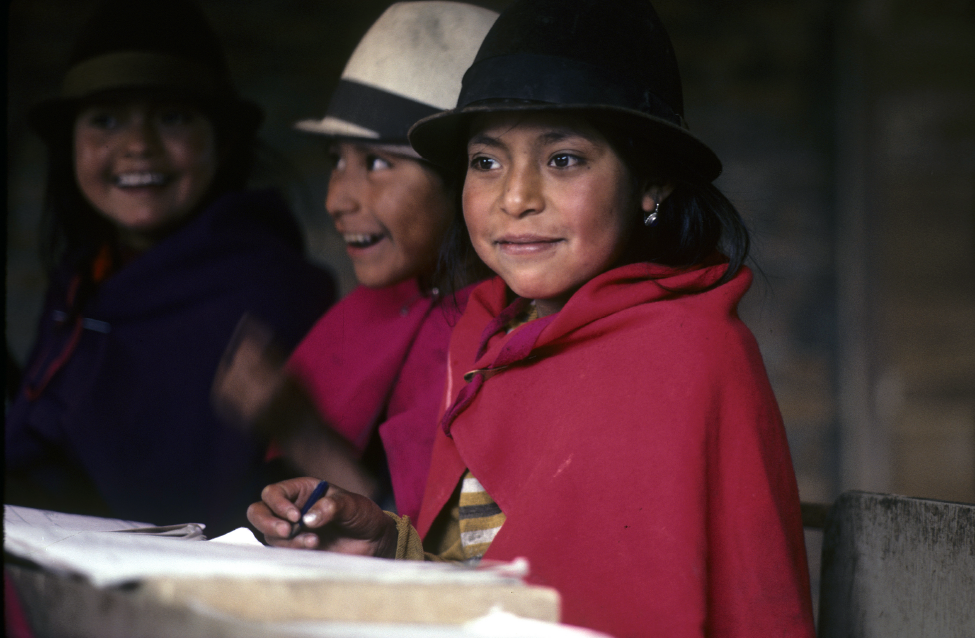
Young students of the Salasaca indigenous people of Ecuador, at school in Ambato, a city to the south of Quito, the capital (1985). UN Photo/Milton Grant

The 2018 WSP Global Cities Index ranks Bogotá, Colombia, 24th globally in its efforts to meet the strains placed on its infrastructure by rapid urbanization and growth. The city operates an aboveground mass transportation system of high-capacity buses running on dedicated lines, has a large network of bicycle lanes, and every Sunday closes 100 kilometres of its roads to cars, limiting use to pedestrians and cyclists (2019). UN Photo/Hector Latorre
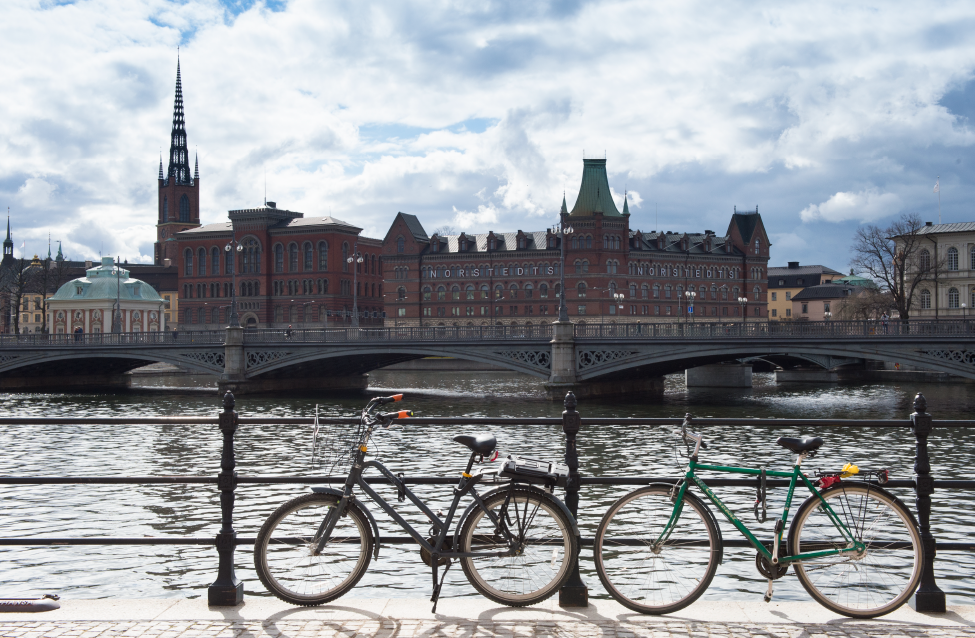
The view from Stockholm City Hall, looking out across Riddarfjärden, the eastern-most bay of Lake Mälaren in the city's centre. The steeple of Riddarholmskyrkan (Riddarholmen Church), official resting place of Swedish monarchs, is visible at left. Stockholm consistently ranks in the top 5 of the Arcadis Sustainable Cities Index, as well as in the People sub-index, factoring in quality of life indicators such as good health and education. (2016) UN Photo/Eskinder Debebe
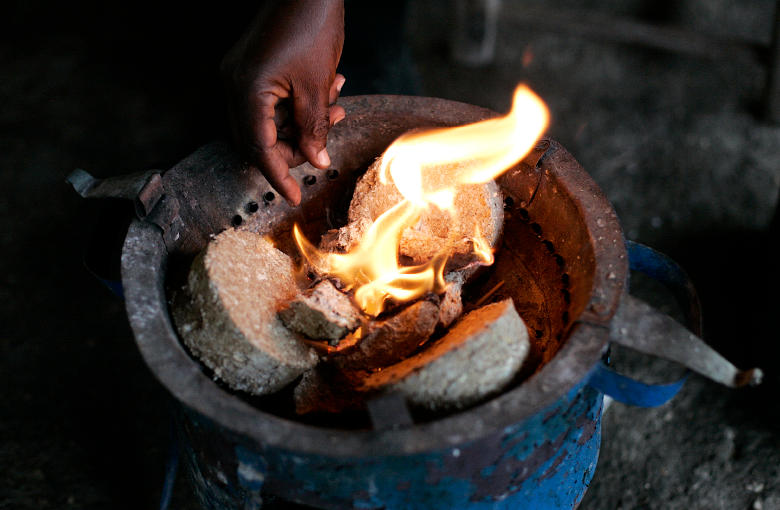
The United Nations Development Programme's "Cash for Work" initiative partners with the Sant Triyaj Fatra Kafoufey recycling factory in Port-au-Prince to turn paper trash collected from the streets into briquettes. The paper briquettes are an alternative cooking fuel to the wood-based "charbon", or charcoal, the production of which contributes to deforestation (Haiti, 2010). UN Photo/Sophia Paris

A player kicks a ball made using recycled rubber during a football match between Geneva high school students and a team of Permanent Representatives to the UN Office at Geneva, to mark the International Day of Peace. The balls, donated by the UN Office on Sport for Development and Peace, are designed to withstand the harsh surface conditions of refugee camps (Switzerland, 2010). UN Photo/Jean-Marc Ferré

Two people replant mangrove seedlings in Kampong Jawa, an area of Banda Aceh that was devastated by the tsunami in 2004. Conserving, restoring and sustainably using coastal wetlands is crucial in the battle against climate change. (Indonesia, 2012) UN Photo/Irwandi M. Gade
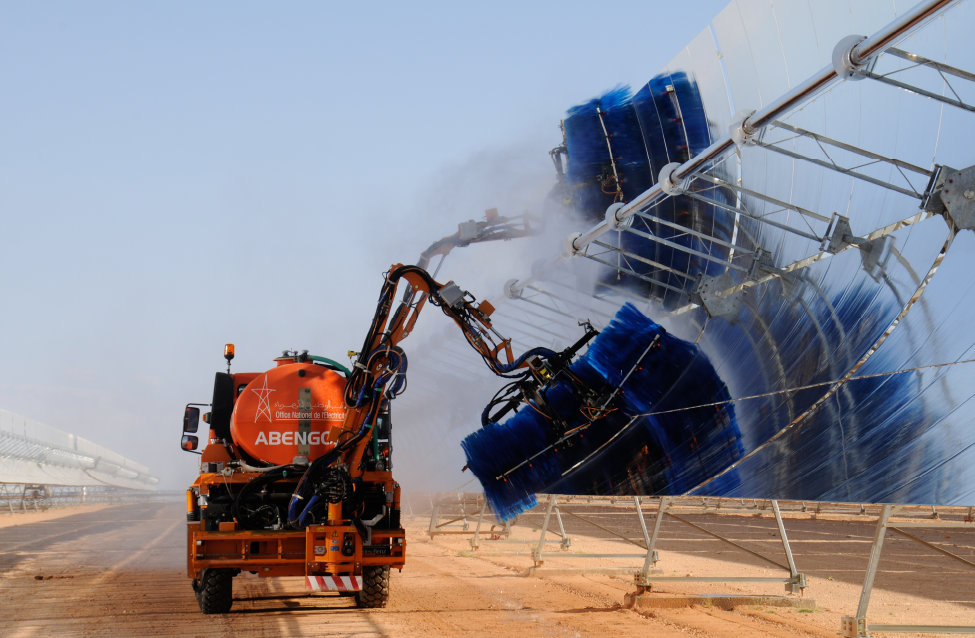
Solar panels are cleaned at the Ain Beni Mathar Integrated Combined Cycle Thermo-Solar Power Plant in Morocco. The innovative power plant broadens access to electricity through affordable renewable energy, reducing the country's dependence on petroleum while creating jobs and lowering CO2 emissions. (2010) World Bank/Dana Smillie
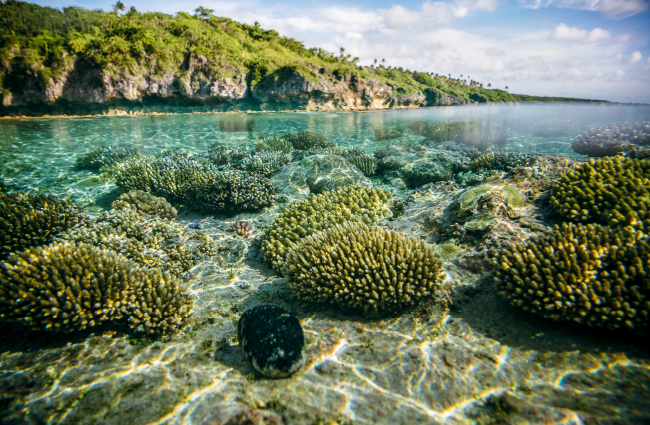
Underwater landscape at Beveridge Reef, Niue, in the South Pacific (2016). Photo UNDP/Vlad Sokhin

A boy helps to release a turtle into the sea in Watamu, Kenya (2017). Photo UNEP/Cyril Villemain
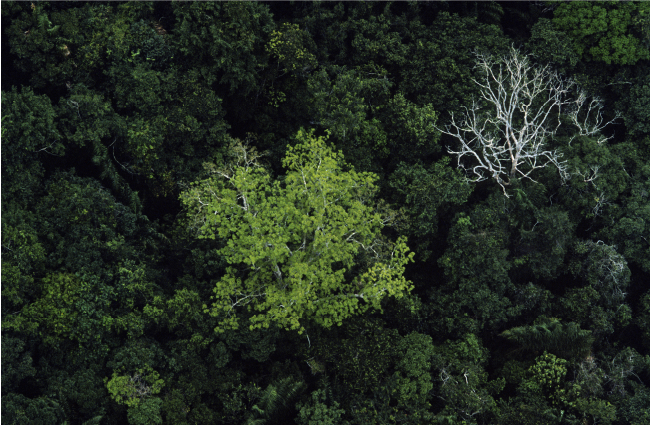
Amazon forest area in Brazil's Para State, which is rich in mineral resources (1983). UN Photo/George Love
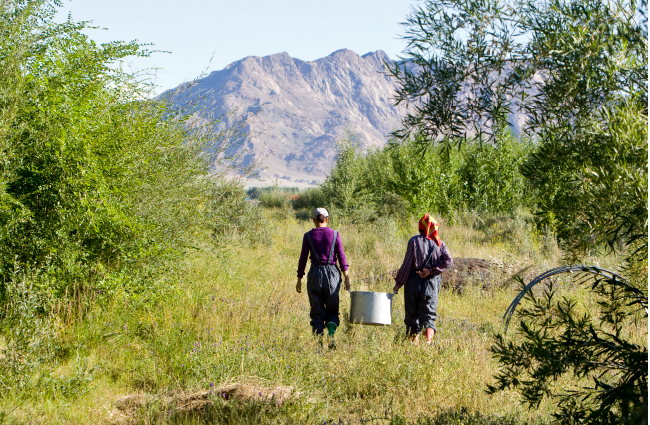
Farmers work in a "fruit seeds" project in the Altai-Sayan Eco-Region of Khovd Province, Mongolia. Established with support from the United Nations Development Programme, the project offers converted land for the production of fruit tree seeds, helping to generate additional income for Mongolian farmers and prevent deforestation in the region. (2009) UN Photo/Eskinder Debebe
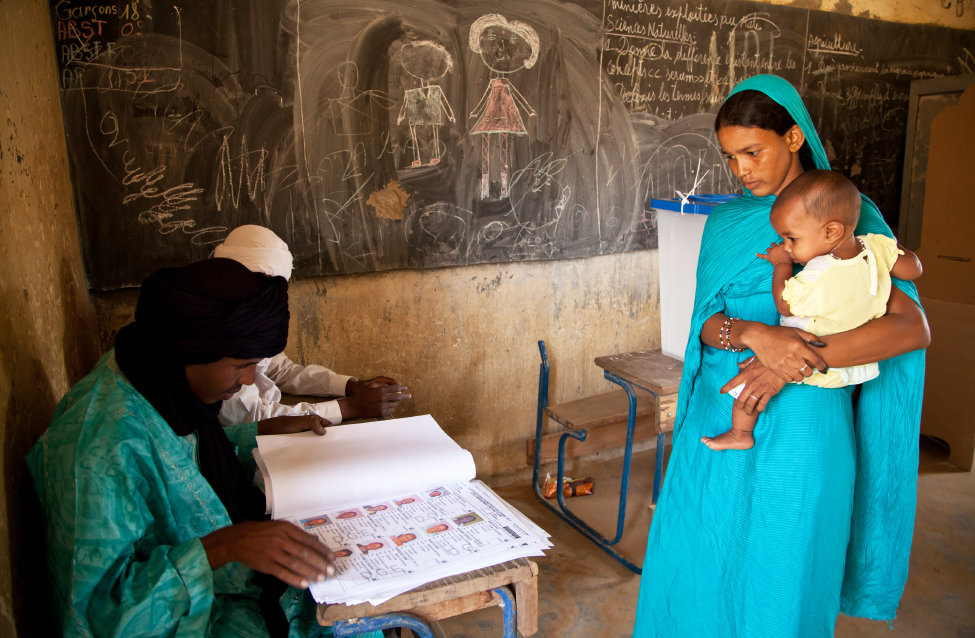
A woman and her child at a polling station in Kidal, Mali, during the country's second round of presidential elections in 2013 (2013). UN Photo/Blagoje Grujic
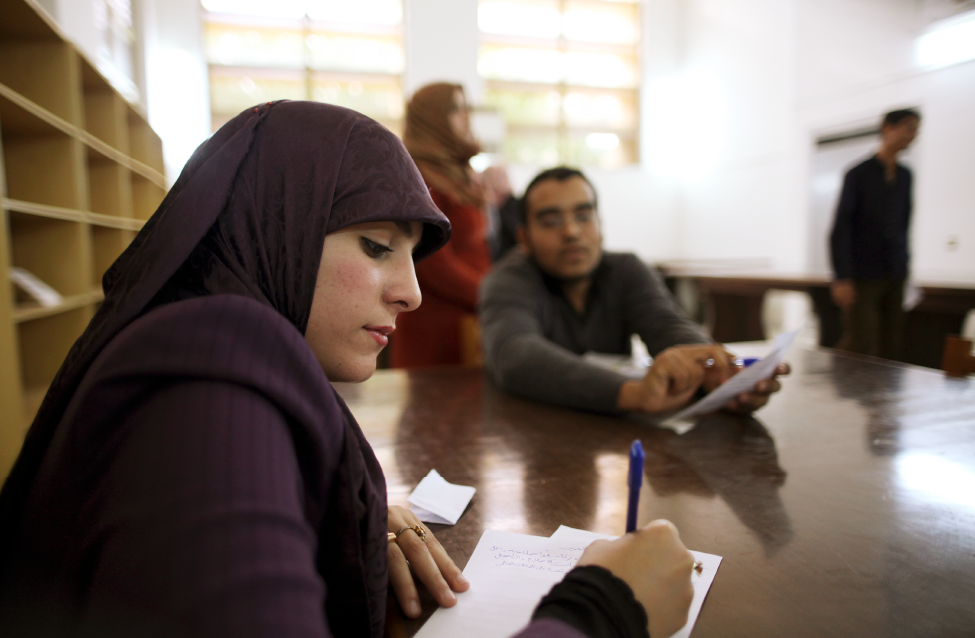
Students at Tripoli University, Libya, attend a human rights workshop organized by the United Nations Support Mission in Libya (UNSMIL) to commemorate the anniversary of the UN's 1948 Universal Declaration of Human Rights (2011). UN Photo/Iason Foounten
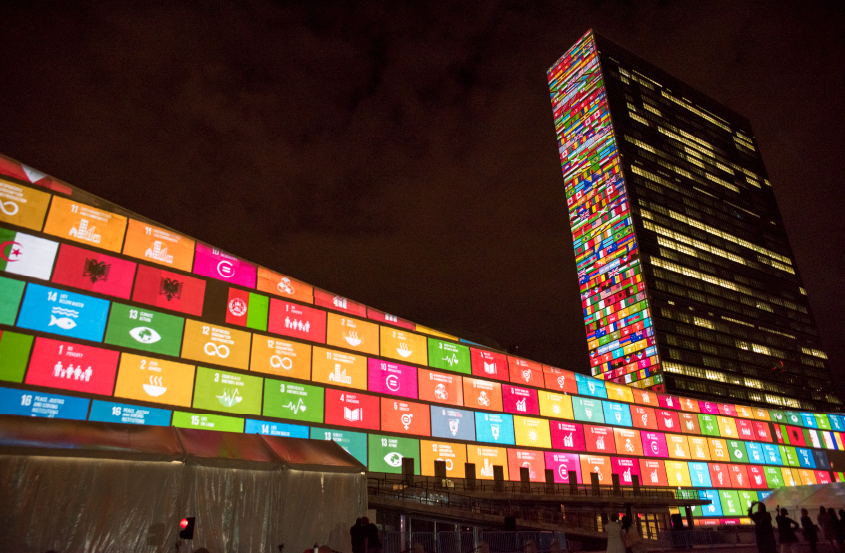
The Sustainable Development Goals icons, projected onto the UN Headquarters in New York during the annual high-level general debate of the General Assembly (2015). UN Photo/Cia Pak
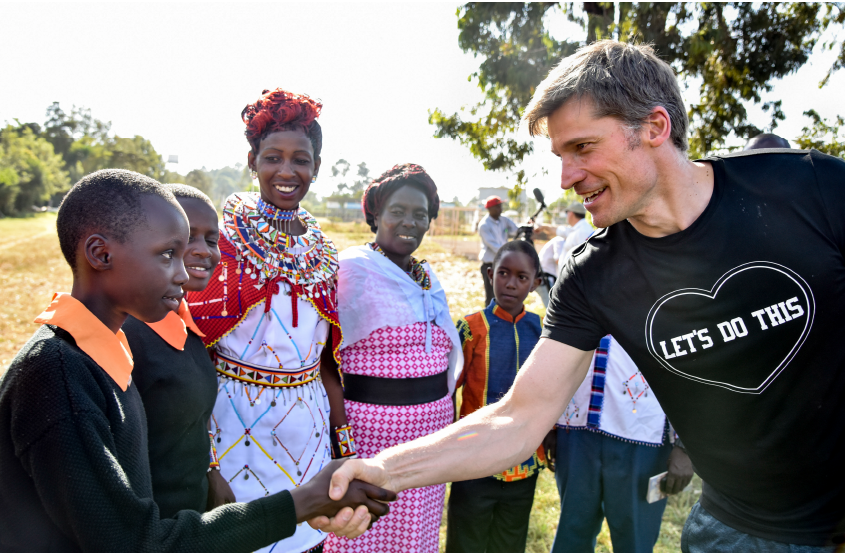
United Nations Development Programme Goodwill Ambassador Nikolaj Coster-Waldau greets a young participant of the "Global Goals World Cup" in Nairobi, Kenya. (2017). Photo UNDP Kenya/James Ochweri

NOW IS THE TIME FOR CHANGE
ActNow is the United Nations campaign for individual action on climate change and sustainability. Every one of us can help limit global warming and take care of our planet. By changing our habits and making choices that have less harmful effects on the environment, we have the power to confront the climate challenge and build a more sustainable world.
Now is the time for change. A confluence of multiple global crises have upended our lives. The way we work, the way we interact, the way we move about. This can be a turning point. Let's seize the moment and change course - toward more sustainable lifestyles. Small changes in your daily life can save you money, improve your health and help cut harmful pollution.
ActNow is the United Nations campaign for individual action on climate change and sustainability. Every one of us can help limit global warming and take care of our planet. By changing our habits and making choices that have less harmful effects on the environment, we have the power to confront the climate challenge and build a more sustainable world.
The 2030 Agenda for Sustainable Development is guided by the purposes and principles of the Charter of the United Nations and is grounded in the Universal Declaration of Human Rights.
As such, the Agenda's Sustainable Development Goals aim not only to achieve sustainable development in its three dimensions – economic, social and environmental – but also to foster peaceful, just and inclusive societies, realizing the human rights of all.
They offer a blueprint for tackling the defining issues of our time, such as climate change, which requires urgent and transformative action that leaves no one behind.
The United Nations and its agencies, funds and programmes are working with Member States, civil society, the private sector and other stakeholders to accelerate progress toward the Goals, in a spirit of global solidarity, focused in particular on the needs of the poorest and most vulnerable.
This exhibit was launched in September 2020 and updated in August 2023
